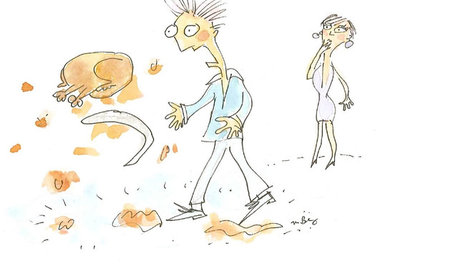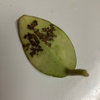Poisionous?
gootziecat
14 years ago
Related Stories

MOST POPULARThanksgiving Tales: When the Turkey Tanks
Houzz readers prove adept at snatching victory from the jaws of entertaining defeat
Full StoryDoes anyone know if hoyas are poisionous to animals, especially cats? Being a member of the milkweed family, seems logical they would be.
Thanks!! Sande


Denise
mdahms1979
Related Professionals
Reading Landscape Architects & Landscape Designers · Essex Landscape Architects & Landscape Designers · Fillmore Landscape Architects & Landscape Designers · West Chester Landscape Architects & Landscape Designers · Concord Landscape Contractors · Marlborough Landscape Contractors · Pleasant Grove Landscape Contractors · Rancho Santa Margarita Landscape Contractors · Red Oak Landscape Contractors · Roseville Landscape Contractors · South Farmingdale Landscape Contractors · The Woodlands Landscape Contractors · North Hills Landscape Contractors · Concord Driveway Installation & Maintenance · Fullerton Driveway Installation & Maintenancetishfromwis
gootziecatOriginal Author
kellyknits
uk_tony